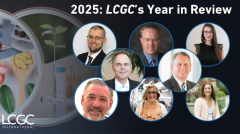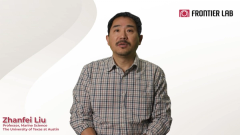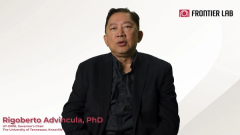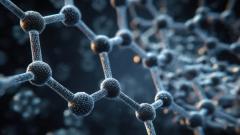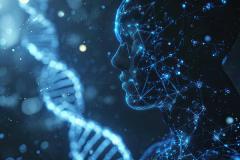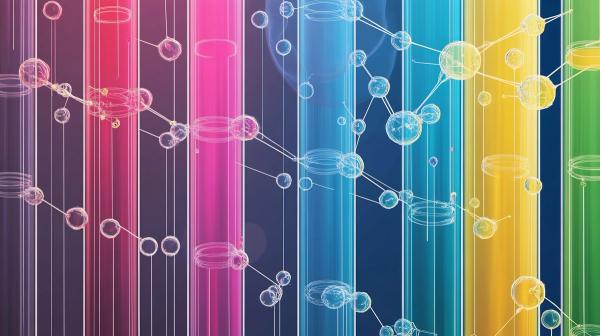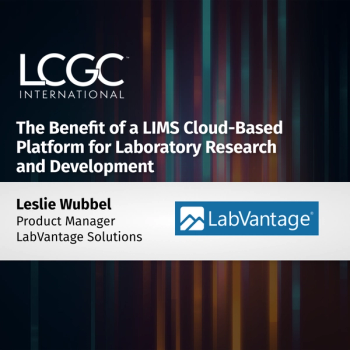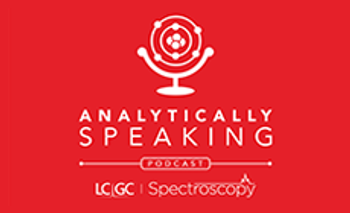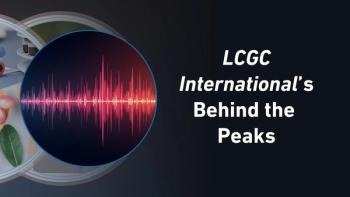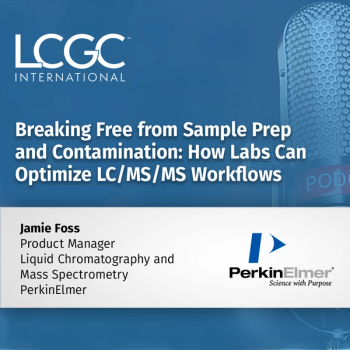
Latest from LCGC International
Latest Content
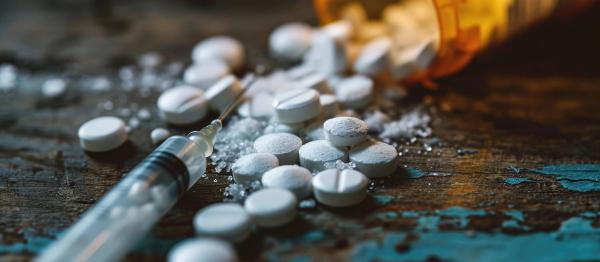
Evaluating Fentanyl and Stimulant Test Strips Against GC–MS in Drug Residues from Used Syringes in Northern Mexico
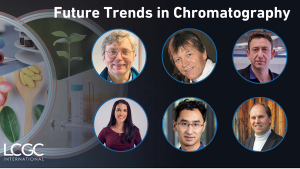
The Evolving Landscape of Chromatography: Trends Shaping 2026 and Beyond
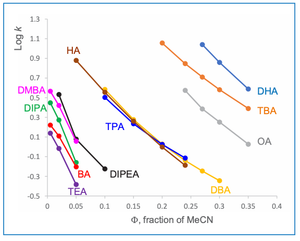
Challenges and Solutions in Oligonucleotide Analysis, Part II: A Detailed Look at Ion-Pairing Reversed-Phase Separations

Gas Chromatographic Analysis of Fatty Acids in Butia Seed Oil Oleogels and Their Functional Performance in Cookies
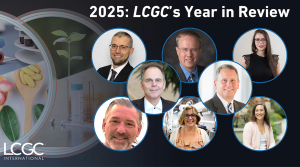
2025: LCGC's Year on Video

Shorts
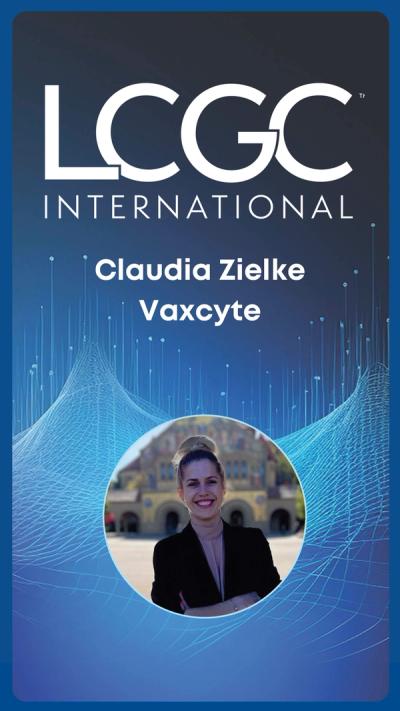
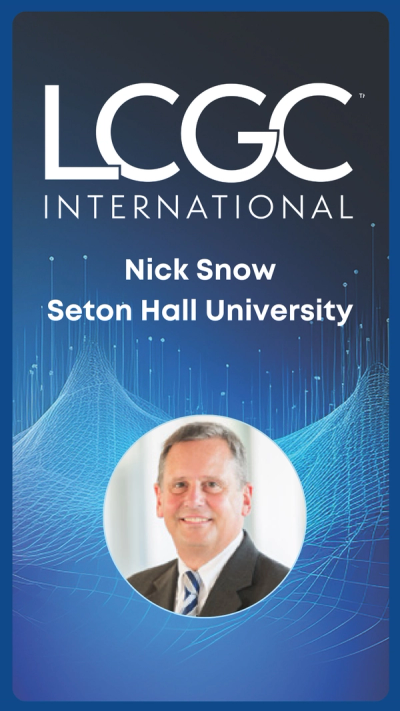
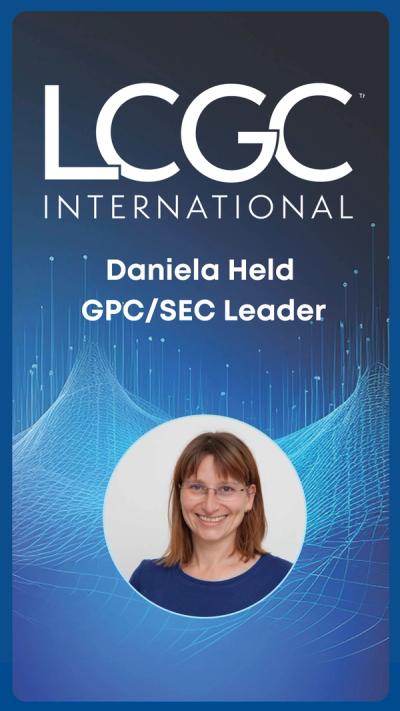




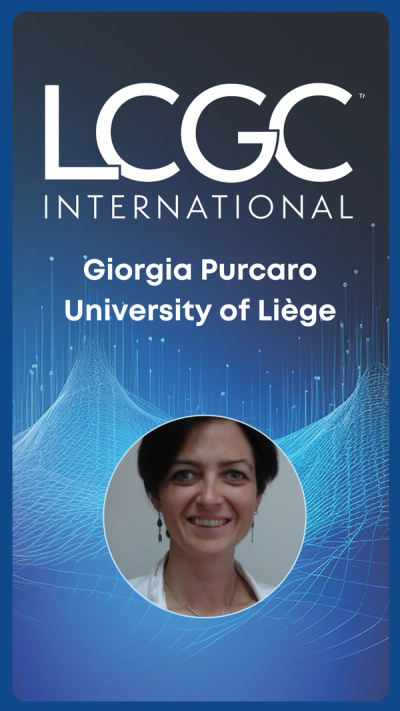
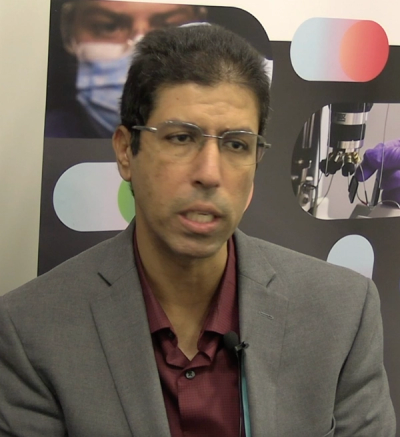

Podcasts
Videos
All Content

UHPLC-QTOF metabolomics and the Global Natural Products Social Molecular Networking (GNPS) platform revealed 185 secondary metabolites in Egyptian blue lily, which link flavonoid-rich flowers to antioxidant neuroprotective potential activities.

LCGC International presents a sampler of our 2025 interviews with key opinion leaders in the field of chromatography, exploring emerging trends, persistent analytical challenges, and the innovations poised to redefine separation science.

Emerging blood microsampling technologies offer a promising alternative by enabling minimally invasive, user-friendly collection, facilitating repeated sampling and broader population recruitment. A recent study conducted at Stockholm University critically reviewed commercially available microsamplers, their use in multiomics research, and experimentally evaluated their chemical backgrounds. LCGC International spoke to Solveig Thiele, lead author of the resulting paper, about this work.
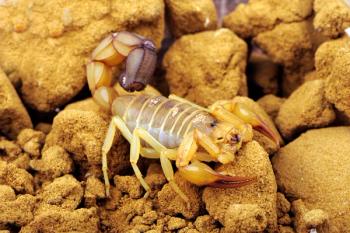
Egyptian scorpions of the Androctonus genus produce neurotoxic venom that result in life-threatening stings. However, the composition and enzymatic activities of their venoms remain poorly understood. Researchers used electrophoresis to analyze the protein components of venom collected from three Androctonus species, with high-performance liquid chromatography (HPLC) and mass spectrometry (MS).

Researchers developed a liquid chromatography tandem mass spectrometry (LC-MS/MS) assay for the simultaneous measurement of 11 types of estrogen from song sparrows using derivatization with 1,2-dimethylimidazole-5-sulfonyl-chloride (DMIS) to enhance sensitivity.

As a response to the growing interest in identifying novel, non-invasive biomarkers reflecting endogenous inflammatory processes in asthma, researchers evaluated the presence of volatile organic compounds (VOCs) in exhaled breath from patients with clinically controlled asthma to assess how tobacco exposure influences their expression. Breath samples were analyzed using gas chromatography-mass spectrometry (GC-MS).

Determining the pharmacokinetics of famciclovir in healthy cats after single or multiple oral and intravenous administrations involved the analysis of their blood samples were analyzed by liquid chromatography-tandem mass spectrometry (LC-MS/MS) for detecting the drug in their plasma.

Researchers optimized two-dimensional liquid chromatography (2D-LC) using a Design of Experiments-guided optimization approach to overcome breakthrough effects, enabling high-resolution oligonucleotide impurity profiling beyond conventional 1D-LC. LCGC International spoke to Megane Aebischer of the Institute of Pharmaceutical Sciences of Western Switzerland, lead author of the paper that resulted from this work.

In the final part of this roundtable discussion focused on the experiences, challenges, and contributions of women in chromatography, LCGC International spoke to Susanne Boye, Daniela Held, and Claudia Zielke about the future of chromatography and what excites them most about the field.

The first part of an end-of-the-year review of LCGC International’s editorial coverage of HPLC 2025, which took place in Bruges from 19–23 June 2025 .

UHPLC-QTOF metabolomics revealed garlic extract and B. subtilis alter key defense pathways, enhancing tomato resistance to Ralstonia solanacearum, an agent of bacterial wilt.

Top articles published this week include a clip from a recent panel discussion featuring female chromatographers, an inside look at how artificial intelligence (AI) is impacting separation science, and a feature on career opportunities for PhD graduates.

In the seventh part of this roundtable discussion focused on the experiences, challenges, and contributions of women in chromatography, LCGC International spoke to Susanne Boye, Daniela Held, and Claudia Zielke about how changes in lab cultures can positively impact women in chromatography.
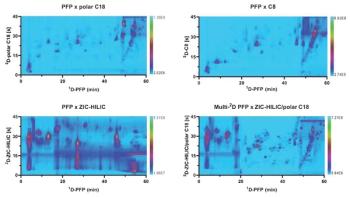
The article discusses advancements in two-dimensional liquid and gas chromatography (LC×LC and GC×GC) to address the challenges of analyzing complex samples in non-target analysis.
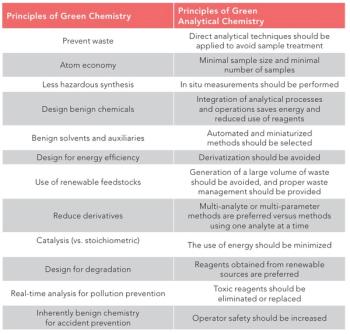
With the increasing interest in green chemistry and sustainability, analytical chemists are developing new methods and reexamining existing methods with a new emphasis on sustainability and environmental impact. Since the publication of the principles of green chemistry in the 1990s and the principles of green analytical chemistry in the 2000s, several scoring systems for evaluating the greenness or sustainability of analytical methods have been developed. In this column, we will examine three widely used scoring methods: Red, green blue (RGB), the analytical greenness metric (AGREE), and the analytical method greenness score (AMGS) with comments on how they all apply to gas chromatography (GC). We will see that classical GC, which has roots in the origins of the environmental movement, has been and remains among the greenest of analytical techniques.

